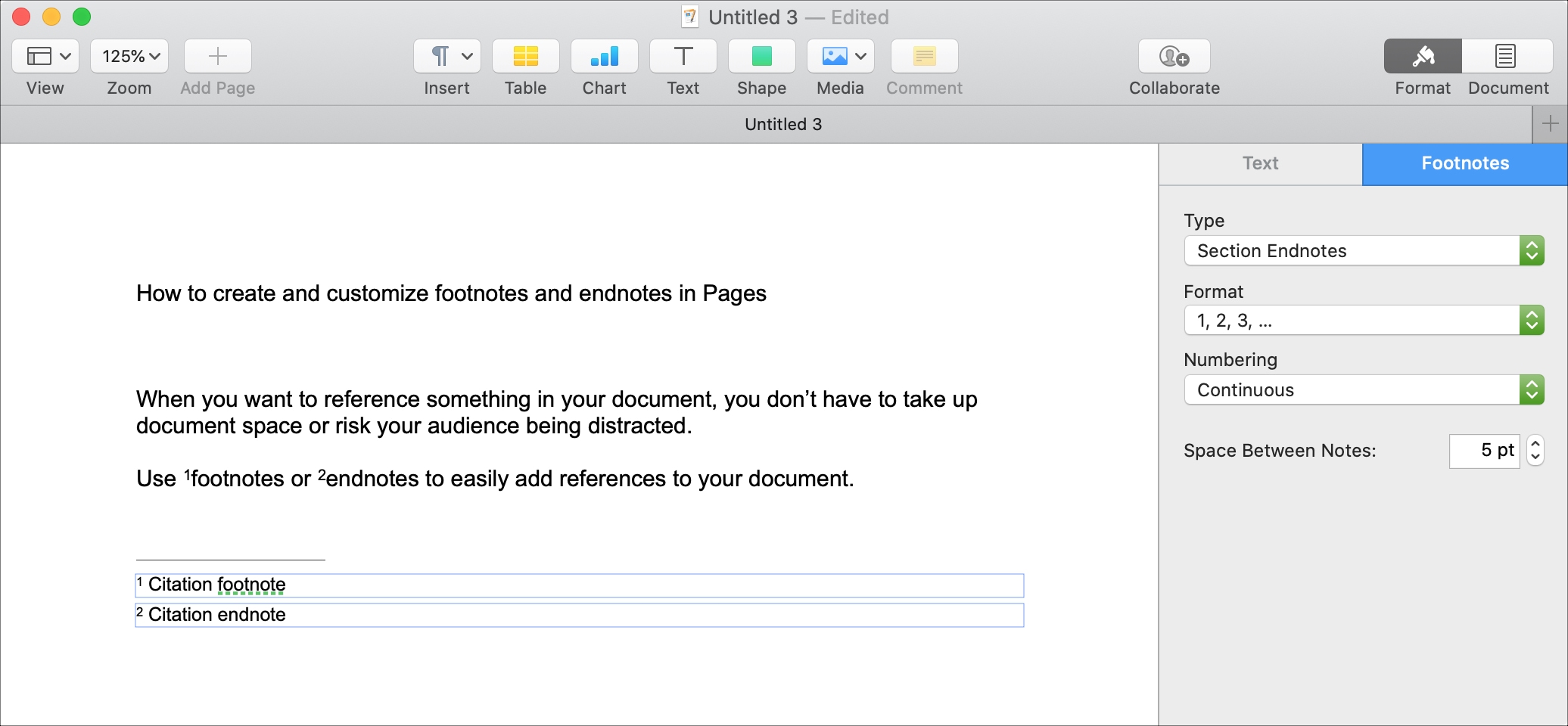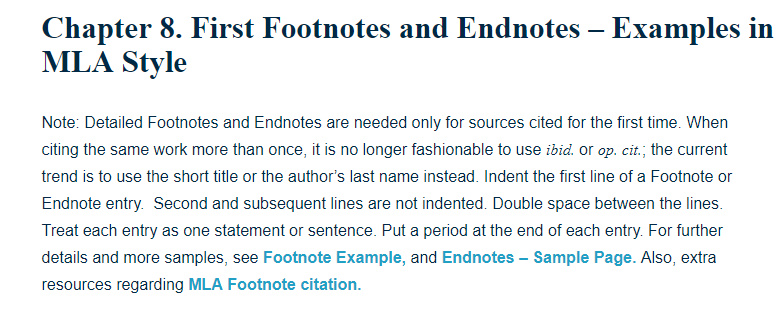
ģ “History,” Columbia University, accessed May 15, 2017. If a website doesn't list a date of publication, posting, or revision, include an access date.ġ “Privacy Policy,” Privacy & Terms, Google, last modified April 17, 2017. ġ Guadalupe Navarro-Garcia, “Integrating Social Justice Values in Educational Leadership: A Study of African American and Black University Presidents” (PhD diss., University of California, Los Angeles, 2016), 44, ProQuest Dissertations & Theses Global.Ģ Navarro-Garcia, “Social Justice Values,” 125–26. ġ Fernanda Eberstadt, “Gone Guy: A Writer Leaves His Wife, Then Disappears in Greece,” review of A Separation, by Katie Kitamura, New York Times, February 15, 2017. ġ Farhad Manjoo, “Snap Makes a Bet on the Cultural Supremacy of the Camera,” New York Times, March 8, 2017. Ĥ Keng, Lin, and Orazem, “Expanding College Access,” 23.ĥ Peter LaSalle, “Conundrum: A Story about Reading,” New England Review 38, no. Orazem, “Expanding College Access in Taiwan, 1978–2014: Effects on Graduate Quality and Income Inequality,” Journal of Human Capital 11, no. ģ Shao-Hsun Keng, Chun-Hung Lin, and Peter F.

If an article has four or more authors, list the first author followed by an "et al."ġ Ashley Hope Pérez, “Material Morality and the Logic of Degrees in Diderot’s Le neveu de Rameau,” Modern Philology 114, no. For articles only available online, include the doi address (the address begins with ). Most articles were originally print journals and don't need a doi,, or database listing in the citation. Ģ Dostoevsky, Crime and Punishment, 504–5.ģ Eric Schlosser, Fast Food Nation: The Dark Side of the American Meal (Boston: Houghton Mifflin, 2001), 88, ProQuest Ebrary.ĥ Jane Austen, Pride and Prejudice (New York: Penguin Classics, 2007), chap. If no fixed page numbers are available, cite a section or chapter number in the notes or, if possible, track down a different version with fixed page numbers.ġ Fyodor Dostoevsky, Crime and Punishment, trans. For other types of ebooks (such as e-reader files), name the format at the end of the citation. Knopf, 2016), 146.įor online ebooks, include a URL or the name of the database. John D’Agata (Minneapolis: Graywolf Press, 2016), 19–20.ġ Jhumpa Lahiri, In Other Words, trans. Korean Economy, 120.ġ John D’Agata, ed., The Making of the American Essay (Minneapolis: Graywolf Press, 2016), 19–20.ġ Mary Rowlandson, “The Narrative of My Captivity,” in The Making of the American Essay, ed. The Korean Economy: From a Miraculous Past to a Sustainable Future (Cambridge: Harvard University Asia Center, 2015), 94-96.Ģ Eichengreen et al. This is not fully indicated in the examples below but examples in context can be seen here.ġ Katie Kitamura, A Separation (New York: Riverhead Books, 2017), 25.ġ Sharon Sassler and Amanda Jayne Miller, Cohabitation Nation: Gender, Class, and the Remaking of Relationships (Oakland: University of California Press, 2017), 114.Ģ Sassler and Miller, Cohabitation Nation, 205.įor books with numerous authors, list only the first author followed by "et al."ġ Eichengreen et al. In the following examples, the first footnote shows the detailed version, while the second footnote shows the shortened version.įinally, footnotes should be indented. Shortened footnotes, on the other hand, typically only contain the authors' last names, a shortened title, and the page numbers.
How to make a footnote for online source full#
The initial detailed footnote contains full reference information and relevant page numbers. If you needed to cite the same source again, however, you would then use a shortened version for further footnotes. Footnote numbers should not follow dashes ( - ), and if they appear in a sentence in parentheses, the footnote number should be inserted within the parentheses.When you first employ a source in a paper, you will use a detailed footnote for the citation.


When using either type of footnote, insert a number formatted in superscript following almost any punctuation mark. However, if explanatory notes still prove necessary to your document, APA details the use of two types of footnotes: content and copyright.

The equivalent APA 7 page can be found here.ĪPA does not recommend the use of footnotes and endnotes because they are often expensive for publishers to reproduce. It will remain online until 2021, but will not be updated. Note: This page reflects APA 6, which is now out of date.
How to make a footnote for online source manual#
For more information, please consult the Publication Manual of the American Psychological Association, (6 th ed., 2 nd printing). This resource, revised according to the 6 th edition, second printing of the APA manual, offers examples for the general format of APA research papers, in-text citations, endnotes/footnotes, and the reference page. APA (American Psychological Association) style is most commonly used to cite sources within the social sciences.


 0 kommentar(er)
0 kommentar(er)
